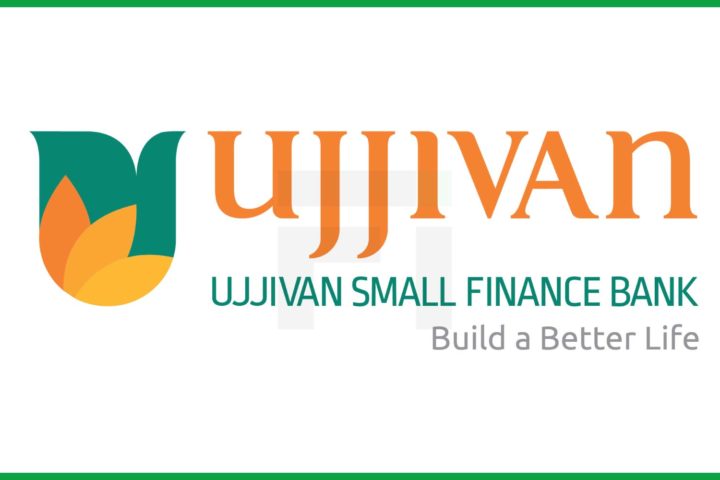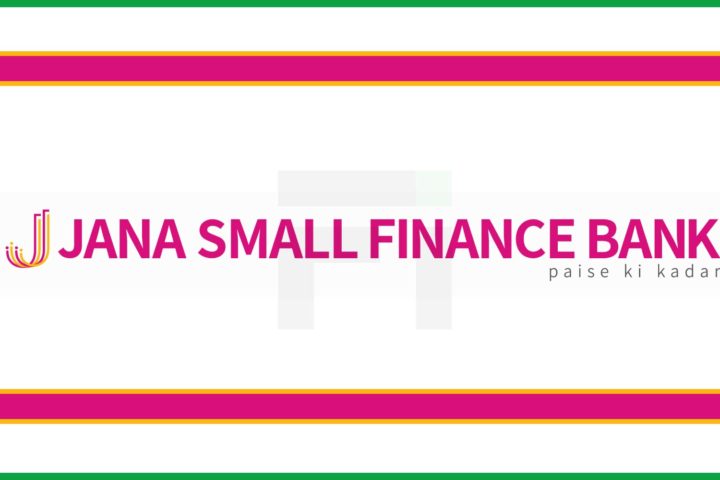Origin
Chandra Shekhar Ghosh founded Bandhan Financial Services in 2001 with a mere corpus of Rs.2 Lakhs which further became the largest microfinance organization in India, reaching out to women entrepreneurs at a time when most established banks were wary about lending to small borrowers without a credit history. Many such people had to turn to moneylenders who, in turn, wouldn’t lend without collateral, or charged exorbitant rates of interest.

A year on, Bandhan was able to secure bank funds and began expanding. In 2009, Bandhan was registered as a Non-Banking Financial Company (NBFC) providing selective banking services. In 2013, after a gap of over a decade, the Reserve Bank of India opened the counters for new banking licenses. Bandhan Microfinance was among the 25 applicants and in April 2014, it was granted in-principle approval to start a bank. The final license was granted in June 2015 and Bandhan commenced operations two months later and Bandhan became the first bank to emerge from Eastern India post-Independence.
The Journey
Bandhan Bank started with 501 branches, 50 ATMs and 2,022 Doorstep Service Centers (DSCs) on day one. Presently, Bandhan Bank has 3,922 touch points pan India consisting of 978 bank branches, 3,014 DSCs, and 480 ATMs, serving more than 15.33 million customers. The bank has mobilized deposits more than Rs.34,639 Crores and its outstanding loan book is nearly 35,599 crore. Bandhan bank has a team of nearly 31,115 employees on roll.
Bandhan Bank IPO
Analysts were skeptical of the valuations demanded by Bandhan Bank’s initial public offer (IPO) which was priced at a level higher or equal to its private-sector peers. The bank planned to sell up to 9.76 crore fresh equity shares raising close to Rs.4500 Crore to comply with RBI’s direction of listing publicly and reducing promoter holding within the first three years of operations.
However, even after this 10 percent dilution, Bandhan is struggling to comply with the RBI direction to reduce promoter holding to 40 percent. The sale will reduce the holding company Bandhan Financial Holdings Ltd (BFHL)’s a stake to just above 82 percent from 89.76%. The issue opened on March 15 and closed on March 18 in the year 2018.
The bank has priced its issue at Rs 370 to Rs 375 per share which is four times its one-year forward book value, making it more expensive than established lenders like IndusInd Bank, HDFC Bank or even the consolidated business of Kotak Mahindra Bank.
Challenges Ahead
The transition from an NBFC to a bank, however, is not going to be as easy. There are many interviews where Mr. Gosh points out to the probable challenges that the bank may face. In one of his interviews, he said that “We only need to meet the SLR and CRR requirements.” Well, that is a big requirement, as banks have mandatory obligations to maintain there is a statutory liquidity ratio (SLR) and cash reserve ratio (CRR) at 21.50% and 4% respectively. Bandhan may not face real difficulty with priority sector lending or rural branches, as its entire portfolio is priority sector while the RBI’s requirement is only 40 percent.
Another challenge that can be faced is having an appropriate product basket for all. As it expands its business as a bank, products to need to go through a change to cater to both rural and urban clients. A similar change would also be required in the model of transactions. As an MFI, collateral-free loans were disbursed which now would be a difficult proposition to continue with. A better risk management approach would have to be adopted to sustain and grow. Geographical center for operations can also be considered as a challenge.
As trust is a major factor for banking, there can be chances that the client base in rest part of India other than east may be willing to experiment with a new bank. Acquiring human resources from upper to lower-level management will again be a challenge. A bank needs management driven with vision and clarity, setting up a board that can take the right directions and decisions can be considered as one of the important factors. The existing staff is also a concern as most of them are either graduates or undergraduates and Bandhan would need to acquire people with better qualification and skills to improve on their banking dream.
Keeping the profitability for initial some years can be a concern as most capital would be utilized to set up new operations, like increasing the number of branches, buying new technology, acquiring human capital, setting up of ATMs, etc. Lack of technology can also be a hindrance as their clientele would belong mostly to rural parts where internet connectivity is minimal. This would restrict the bank from using the latest methodologies of online banking. The bank may also face stark competition from other commercial banks, these may not be active in rural markets but would have a strong urban client base.
Conclusion
Nassim Nicholas Taleb quotes “Banking is a very treacherous business because you don’t realize it is risky until it is too late. It is like calm waters that deliver huge storms”. We want to believe that it would not be so risky for Bandhan to operate as a bank. With an experience of 13 years as a successful MFI, it won’t be difficult to continue its operations. Their financial status is good and many organizations have started funding their projects by now.
The bank and its CMD are determined to stick to their main objective that is to provide financial products & services in the unbanked rural area and to achieve the financial inclusion through women empowerment & provide employment for the alleviation of poverty in the rural area.
Currently, Bandhan’s main asset is its existing customers and their trust in their services becomes a major step in setting up a bank. Their unique ways of working would lead to Bandhan as one of the successful banks in the banking sector.



0 Comments